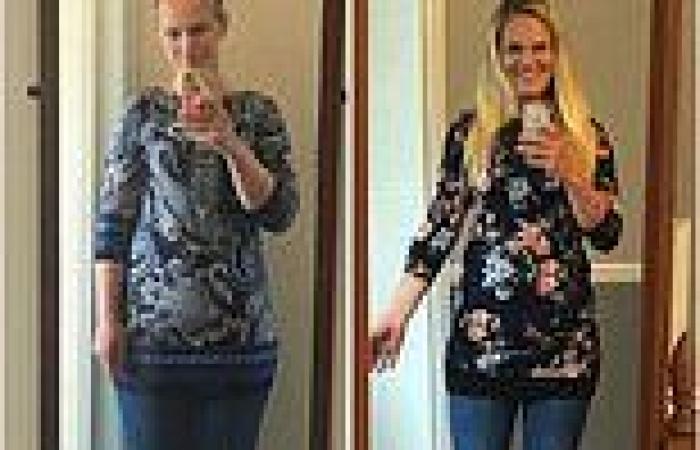Thousands of women blighted by a disabling condition that causes 'tree-trunk' legs may soon be offered liposuction on the NHS.
Financial watchdogs are set to assess the operation for patients with lipoedema, which causes abnormal amounts of fat to build up, mostly around the hips, buttocks, legs and sometimes upper arms, leading to an extremely disproportionate appearance along with mobility problems, pain and risk of infections.
The condition usually develops in teenage years, and gets worse over time. In some women, their limbs grow so large and heavy that they are forced to use a wheelchair.
Liposuction, which involves a fine tube being inserted under the skin to break up and suck out fat tissue, is typically seen as a cosmetic procedure for people who want to slim down fast, but each year a small number of patients with severe lipoedema are offered it on the NHS on medical grounds.
Now health chiefs are looking at whether it would be cost-effective to give it to younger lipoedema patients, and at an earlier stage, to prevent more serious problems as they get older.

Thousands of women blighted by lipoedema, which causes 'tree-trunk' legs, may soon be offered liposuction on the NHS. Pictured: Emily Kearney, 32, suffered from lipoedema throughout her teens. She has had four separate liposuction procedures, with 55lb, or 26 litres, of fat removed. She is seen above before (left) and after the procedures
One woman with lipoedema who paid a total of £20,000 for liposuction called the procedure 'life-changing'.
Before undergoing surgery, Emily Kearney, 32, was a slim size eight on top but a size 14 on the bottom.
The horse groomer from Wendover, Buckinghamshire, had suffered the condition throughout her teens but was wrongly told by doctors that she simply needed to lose weight.
She has now had four separate procedures on her legs, abdomen and arms, and a total of 55 lb, or 26 litres, of fat removed.
'I've spent my life in pain and feeling self-conscious,' said Emily.
'My legs had no shape – they just went straight up and down, like tree trunks, and I knew the condition was only getting worse.
'I realised at some point I'd be unable to ride my horse, so I decided I had to do something.
'I feel like a different person now. I'm not perfect, by any stretch of the imagination – I have loose skin and there are a few lumps and bumps – but the pain has gone and I can wear the clothes I want to.'
Lipoedema is thought to affect one in ten women to varying degrees of severity.
Although it is not fully understood why it occurs, it's believed to be at least partly linked to the female sex hormone oestrogen due to the fact that men are rarely, if ever, affected.
There is also a genetic component. In 60 per cent of cases, the condition runs in the family.
Problems often begin in adolescence, but unlike normal weight gain the fat continues to build up over time and does not respond to dieting or exercise.
Alongside psychological distress, patients also suffer fatigue due to carrying large amounts of excess weight.

Before undergoing surgery, Emily Kearney, 32, was a slim size eight on top but a size 14 on the bottom. Above: Emily in hospital with her surgeon after her procedure, which she had in Germany
With lipoedema the legs or arms get larger while the hands and feet remain a normal size, unlike lifestyle-related obesity which also affects the hands and feet.
In the earlier stages of lipoedema, the fat also feels extremely soft.
But despite these characteristics, even specialists in limb and circulation problems can fail to spot it.
In one survey of consultants,






